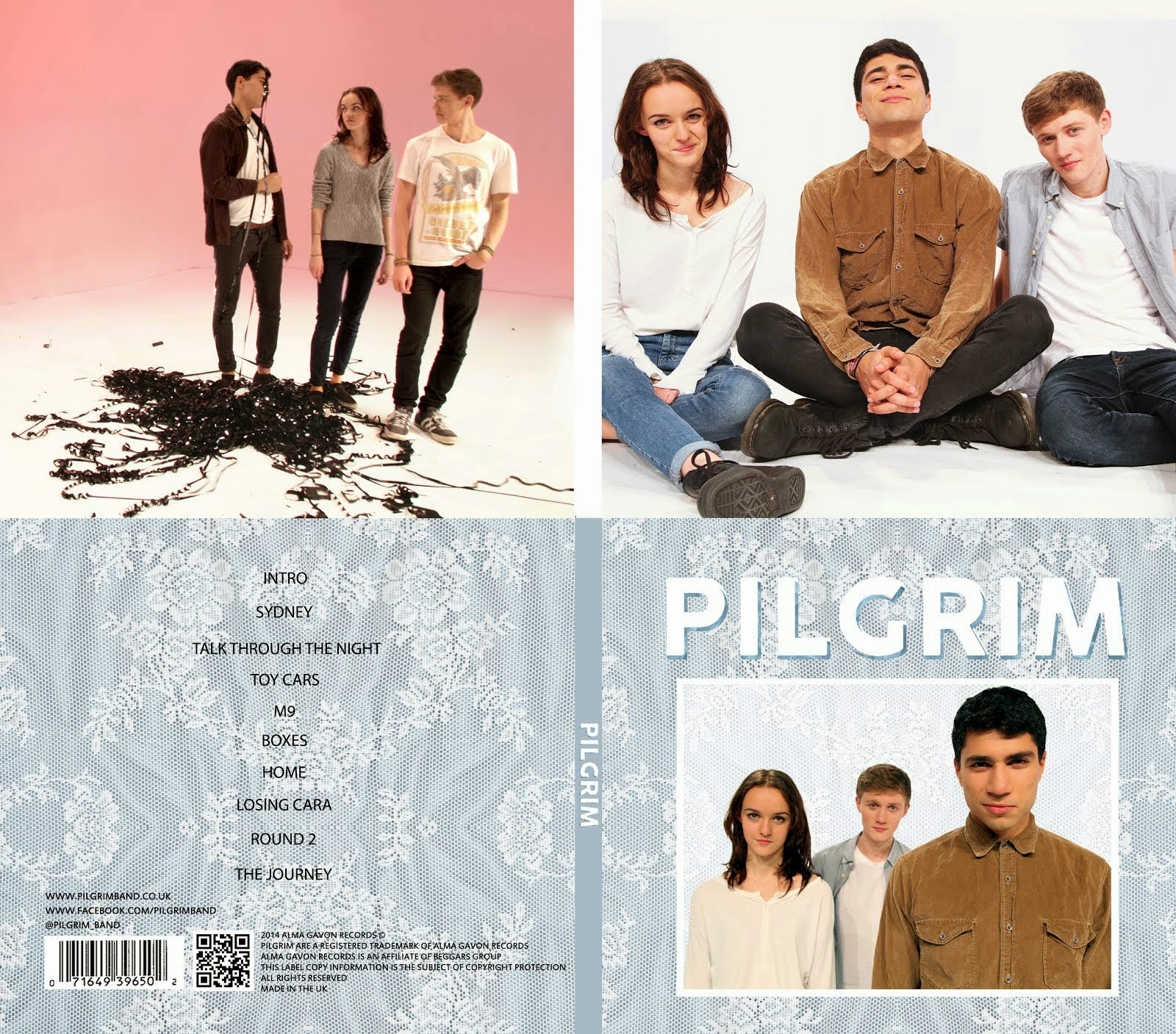We did research into and built profiles of our target audiences and conducted feedback sessions using and online survey and on-to-one interviews.
Our Target Audience
Primary Audience - Indie fans of all ages (Scroll left and right to see more)
Secondary Audience - UK 16-24 year olds (Scroll left and right to see more)
Secondary Audience - UK 16-24 year olds (Scroll left and right to see more)
How we appealed to them
When considering the appeal our artist and artefacts would have to our target audience we used various theories and theorists including Goodwin, Post-modernism and Uses & Gratifications.
Uses & Gratifications
Blumler and Katz's theory states that audiences choose and use media texts for four different reasons, here is how it applies to a real media text: George Ezra's video for 'Blame It On Me'
Goodwin
We used particular sections of Goodwin's theory, including genre conventions and visual hooks, to appeal to our target audience.
Genre Conventions
By following conventions of the indie genre, we constructed three artefacts that are familiar to audiences and that are clearly identifiable as part of the indie genre. However, by also breaking conventions we made our artefacts unique and original which gave our audiences fresh, new media texts.
Visual Hooks
By including visual hooks in our video we allowed the audience to immerse themselves in the world of the video. CU 'beauty' shots of the band encourage the audience to engage with Pilgrim and buy into their star image.
We looked at Stuart Hall's theory which states that different audiences 'decode' media texts differently. Throughout the process of constructing our artefacts we held audience feedback sessions with members of our target audience. From commenting on the video as a whole to choosing between our chosen textures, this feedback really helped us to keep our audience in mind.
We learned that sometimes our audience perceived things differently to us. For example, while editing I thought that this shot of Alice made her look sad and so didn't fit in with our video; but when we asked members of our target audience they said that, to them, she didn't look sad and that it fit with the bridge which is a slower, more mellow part of the song.
We also learned the different ways that audience perceive our artist image. When designing our album cover we chose this photo because we felt that it connoted the band's playful image.
However, during audience feedback sessions we got mixed reviews: some liked the photo but others thought it didn't make Pilgrim look like a real band. Because the majority of our audience didn't like it we chose another one.
In the same sessions we also got feedback on our album cover. Here is what we learned (scroll down to see more):
Uses & Gratifications
Blumler and Katz's theory states that audiences choose and use media texts for four different reasons, here is how it applies to a real media text: George Ezra's video for 'Blame It On Me'
How we used Uses & Gratifications
Below is a Prezi detailing how we applied Katz & Bulmer's gratification theory to our own video.
Goodwin
We used particular sections of Goodwin's theory, including genre conventions and visual hooks, to appeal to our target audience.
Genre Conventions
By following conventions of the indie genre, we constructed three artefacts that are familiar to audiences and that are clearly identifiable as part of the indie genre. However, by also breaking conventions we made our artefacts unique and original which gave our audiences fresh, new media texts.
Visual Hooks
By including visual hooks in our video we allowed the audience to immerse themselves in the world of the video. CU 'beauty' shots of the band encourage the audience to engage with Pilgrim and buy into their star image.
| Beauty Shots |
Post-modernism
Our use of post-modernism in our music video gave our audience another way to relate to and engage with our artist. We referenced toys and pop culture from the youths of our audience, which not only provided the audience with recognisable iconography but created a sense of nostalgia for them to reminisce in.
Construction
Our use of post-modernism in our music video gave our audience another way to relate to and engage with our artist. We referenced toys and pop culture from the youths of our audience, which not only provided the audience with recognisable iconography but created a sense of nostalgia for them to reminisce in.
| Examples of post-modernism in our video |
Construction
We looked at Stuart Hall's theory which states that different audiences 'decode' media texts differently. Throughout the process of constructing our artefacts we held audience feedback sessions with members of our target audience. From commenting on the video as a whole to choosing between our chosen textures, this feedback really helped us to keep our audience in mind.
|
 |
| The shot of Alice |
We also learned the different ways that audience perceive our artist image. When designing our album cover we chose this photo because we felt that it connoted the band's playful image.
 |
| The image we chose |
 |
| The second photo we chose |
Audience feedback during construction was extremely useful to us and enabled us to create 3 artefacts that are hopefully commercially viable with out target audience.
Music Video Feedback
To get feedback for our music video we created a survey using Survey Monkey which is embedded below. We chose to ask questions that gave us qualitative data because we felt that it would be easier to find out what the audience did and didn't like.
Here is what we learned from the survey responses:
The video was identifiable as indie:
Our themes of friendship and nostalgia were easily recognised:
Although 'fun' was common among the responses, it still fits in with our themes even if it we did not originally plan it. The responses tell us that we successfully conveyed the themes of nostalgia and friendship through our set, concept and props.
Lack of Narrative:
Some participants stated that they would have liked the video to have a narrative. It is conventional for indie music videos to have a narrative but we intentionally chose to break this convention because we felt that the themes could be conveyed without one.
Camerwork + Editing:
The video was identifiable as indie:
The majority of the responses identified our video as part of the indie genre. However, some participants thought it was a pop video; This was probably because of the bright colours which are usually associated with the pop genre.
 |
| Meghan Trainor's video for her Pop single 'Lips Are Movin'' |
Although 'fun' was common among the responses, it still fits in with our themes even if it we did not originally plan it. The responses tell us that we successfully conveyed the themes of nostalgia and friendship through our set, concept and props.
Lack of Narrative:
Camerwork + Editing:
A lot of respondents praised our camerawork and editing, this shows that the consistent visual style we came up with was liked by our audience and worked with the track.
Website Feedback
Instead of a survey we held one-to-one feedback sessions, below are some of the quotes that we got and what we learned from them (scroll down to see more):
Album Cover Feedback
In the same sessions we also got feedback on our album cover. Here is what we learned (scroll down to see more):
Top 3 things we learned from all audience feedback
1. That we successfully met the needs of our audience but focused more on the 16-24 years old and tech savvy demographics.
2. We successfully made artefacts identifiable as part of the indie genre but, due to our creative decisions, had unintentionally taken influence from other genres such as Pop.
3. Conforming to Stuart Hall's negotiated readings theory, audience members often had different opinions to us. In construction and they read our texts slightly differently to us in feedback.
2. We successfully made artefacts identifiable as part of the indie genre but, due to our creative decisions, had unintentionally taken influence from other genres such as Pop.
3. Conforming to Stuart Hall's negotiated readings theory, audience members often had different opinions to us. In construction and they read our texts slightly differently to us in feedback.













No comments:
Post a Comment